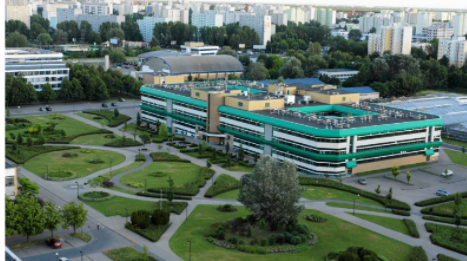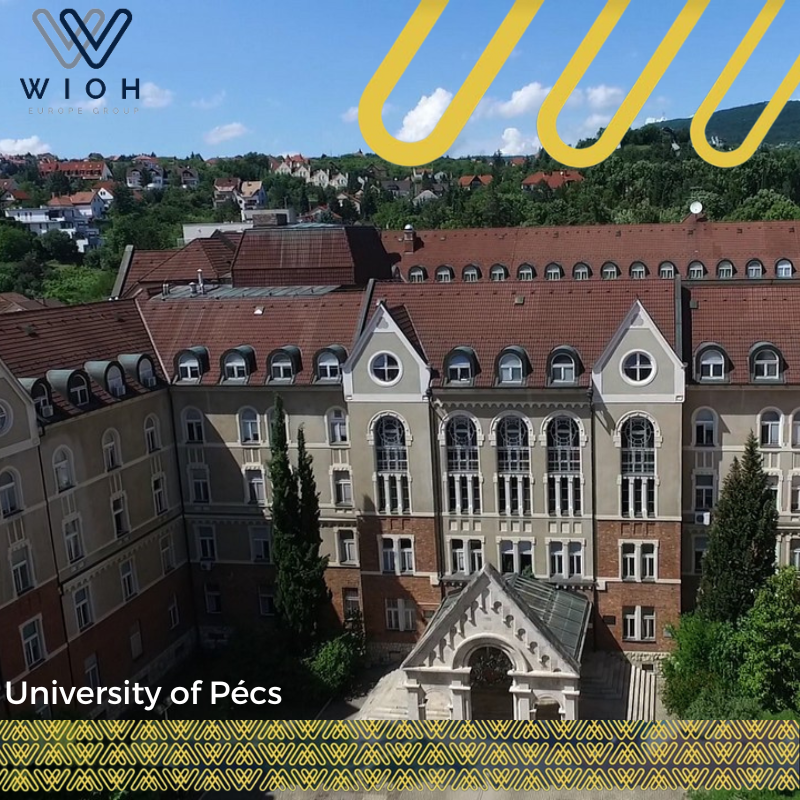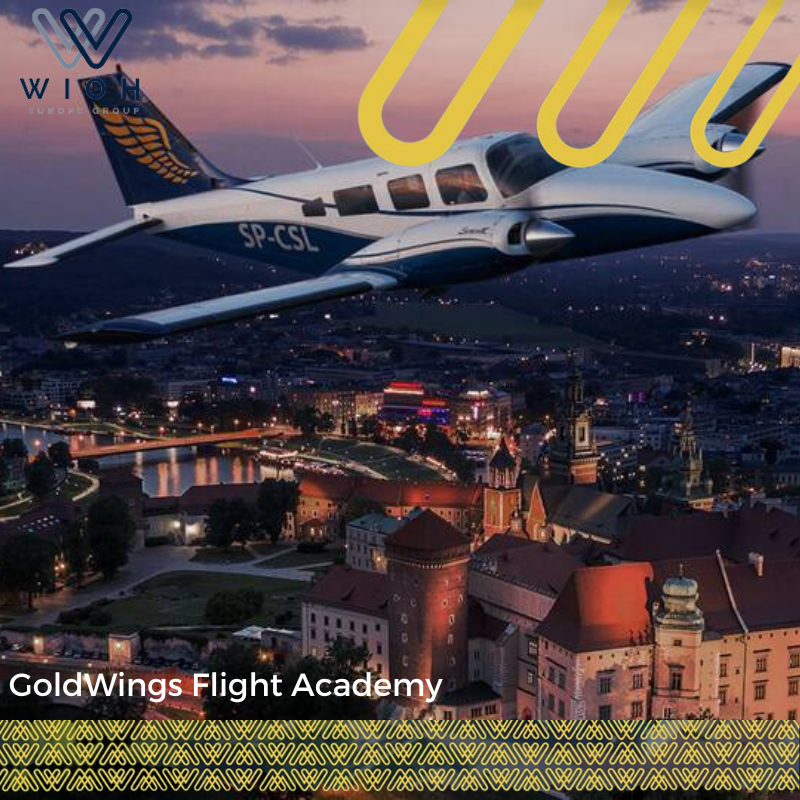Warsaw University of Life Sciences – SGGW is more than just a university – it’s a lifestyle!
It is the first agricultural institution of higher education in Poland and only the fourth in Europe
It is one of the largest and most famous universities in Poland. It is a modern twenty-first century university.
Ranking:
Local ranking of agricultural universities in Poland: #1
QS World Ranking of Agricultural Universities: #27
Ranking in Eastern Europe and Central Asia according to QS Agricultural Universities: #101
QS World University Rankings: 801-1001
History :
 The university was established in 1816 AD and traces its origins back to the Institute of Agricultural Engineering in Marimont, the first agricultural institution of higher education in Poland, and the fourth in Europe.
The university was established in 1816 AD and traces its origins back to the Institute of Agricultural Engineering in Marimont, the first agricultural institution of higher education in Poland, and the fourth in Europe.
The history of the university parallels the history of Poland, it was repeatedly closed after the defeats of the national uprisings and was transferred to Potowe and then to Russia.
After the independence of Poland, the headquarters returned to Warsaw and it became the main school of rural economy, and horticulture studies were added to the studies of agriculture and forestry.
In 1952, veterinary faculty members were transferred from Warsaw University, and later the departments of agricultural drainage, wood technology, animal husbandry and landscaping.
In 1956 the university granted lands and farms and used them for development. As for the faculties of agricultural technology and human nutrition, they were opened in 1973.
The rector has an office in the historic mansion of Julian Ursyn Niemcewicz, now known as the “Rector’s Palace”
Teaching staff:
Among the professors of the SGGW were many people of European renown and many of them, in addition to scientific activities, played a huge role in the development of an independent Polish state.
Józef Mikułowski-Pomorskie – First Dean of the SGGW, Twice Minister of Religious Communities and Public Enlightenment, Minister of Agriculture
Władysław Grabski – prominent economist, two-time Prime Minister, creator of the Polish currency – zlotys
Zdzisław Ludkiewicz – founder of the Agricultural Bank and Minister of Agrarian Reform
The big personalities were: Franciszek Staff, Jerzy Grochowski, Tadeusz Gorczyński, Roman Kuntze, Władysław Jedliński.
SGGW Honorary Doctors: Pope John Paul II, President Ignacy Moiseki, as well as Nobel Prize winners Norman Borlaug, Rolf Zinkernagel and Peter Doherty.
University’s president :
Michał Zasada, Graduated in 1993 from the Faculty of Forestry at Warsaw University of Life Sciences, received a Master’s degree in Forestry Engineering immediately after graduation, received a doctorate in forest sciences in 1998, a post-doctoral degree in forest sciences in 2008, and the title of Professor of Science Forestry in 2014, during his career he held several positions and due to his academic and organizational activity, Professor Zasada has repeatedly received awards from the Rector of Warsaw University of Life Sciences, the Silver Medal for Service 2015 and the Silver Cross of Merit in 2018. He is fluent in English and Russian.
Departments: There are thirteen departments
Staff: It employs 2,600 employees, including 1,200 academic teachers.
Students: educates approximately 27,000 studentsFields of study: 34 fields of study.
Education covers all fields of science related to agriculture, among others: landscape architecture, biology, biotechnology, economics and finance, banking, regional planning, informatics, econometrics, environmental engineering, forestry, environmental protection, horticulture, agriculture, sociology, agricultural and forestry technologies, wood technology, commodity science, tourism and recreation , food technology, human nutrition, veterinary medicine, production management and engineering, management and marketing, animal sciences. Within the Erasmus program SGO offers a wide range of subjects taught in English.
Study Programs: It includes 38 study programs (8 of which are in English).
Majors: 130 majors.
Campus
Its modern campus provides students with suitable learning conditions and everything they need. The 72-hectare campus is located in the green heart of Ursynów in Warsaw, where you can live, study and spend time with friends.
On site you will find: Dziekanat worship club, swimming pool, gyms, indoor tennis courts, veterinary clinic, language center.
There are also 14 well-equipped student dormitories. You can choose from 62 student groups, the University Athletic Union, the Promni Folk Art Group and the University Choir.
Faculties at the university
The university campus includes 30 Faculties
College of Agriculture and Biology / College of Veterinary Medicine / College of Forestry / College of Horticulture and Biotechnology / College of Wood Technology / College of Construction and Environmental Engineering / College of Education, Bioengineering and Animal Protection / College of Food Technology / College of Human Nutrition / College of Production Engineering / College of Economics / College of Medicine And Sociology / College of Computer Science and Applied Mathematics.
The university also includes 16 research institutes:
Institute of Agriculture / Institute of Biology / Institute of Economics and Finance / Institute of Technical Engineering / Institute of Civil Engineering / Institute of Environmental Engineering / Institute of Veterinary Medicine / Institute of Animal Sciences / Institute of Wood Sciences and Furniture Manufacturing / Institute of Forest Sciences / Institute of Human Nutrition Sciences / Institute of Food Sciences / Institute of Horticultural Sciences / Institute of Social and Pedagogical Sciences / Institute of Management / Institute of Mechanical Engineering.
Library :
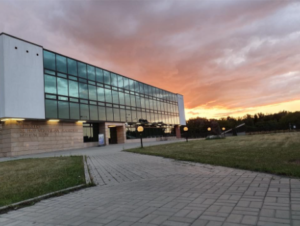 Founded in 1911, then it began to expand and complete the number of qualified employees. After the war, it resumed its work, but it needed a spatial expansion, and the presidency of the university decided to build a new building for the library. This project was completed in 2007 and was named Grabski.
Founded in 1911, then it began to expand and complete the number of qualified employees. After the war, it resumed its work, but it needed a spatial expansion, and the presidency of the university decided to build a new building for the library. This project was completed in 2007 and was named Grabski.
The library consists of the main library with the libraries of the faculty members
It includes 550,000 volumes, books and special collections preserved in paper form, in addition to 300,000 electronically registered entities.
The library catalog is fully automated and provides multiple information.
The main library participates in scientific communication processes by participating in the documentation of the university’s academic achievements and organizing access to full-text, abstract, and bibliographic databases, which can be used on the site.
An important addition to the library’s activity is its participation in social networking processes, using a useful medium such as facebook and participation in the Bookcrossing program.
Complete information on the activities of the library, the information network of WULS-SGGW and the main library is available on their website.
The quality of the collection collected, as well as the scope and level of tasks performed, make the university library among the best scientific libraries operating in natural universities
Find out more by visiting the library’s official website http://www.bg.sggw.pl/
Museum :
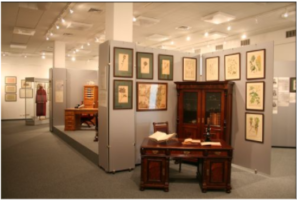 Warsaw University Museum of Life Sciences was founded in 2006 and is located in the main library building of Warsaw University of Life Sciences.
Warsaw University Museum of Life Sciences was founded in 2006 and is located in the main library building of Warsaw University of Life Sciences.
From 1 October 2019, the SGGW Museum has gained organizational independence and operates on the same site, but outside the main library structures.
The Museum brings together collections on the history of the Warsaw University of Life Sciences, people associated with the university and the historical predecessors of the Warsaw University of Life Sciences: the Agricultural Institute of Marimont, the Industrial and Agricultural Courses of the Museum of Industry and Agriculture and the University of Agriculture in Warsaw.
The museum’s collection includes: documents, archives, photographs, old publications, historical educational objects, historical research equipment, the legacy of the professors of the Warsaw University of Life Sciences.
The museum carries out several activities to provide the integration of the academic community, such as preparing temporary exhibitions, organizing concerts, lectures, meetings, and others.
Learn more muzeumsggw@sggw.edu.pl
University Features
Graduate Employment Promotion Project.
The Warsaw University of Life Sciences (SGGW) is one of the first universities in Poland that decided to help its graduates professionally in their search for work. The Career Services Office has been working for several years to help students find interesting employment, as well as employers – by providing easy access to WULS – SGGW students.
The Career Services Office has a Career Services website where employers can post job offers, internships or temporary work, and students and alumni can upload their resumes.

